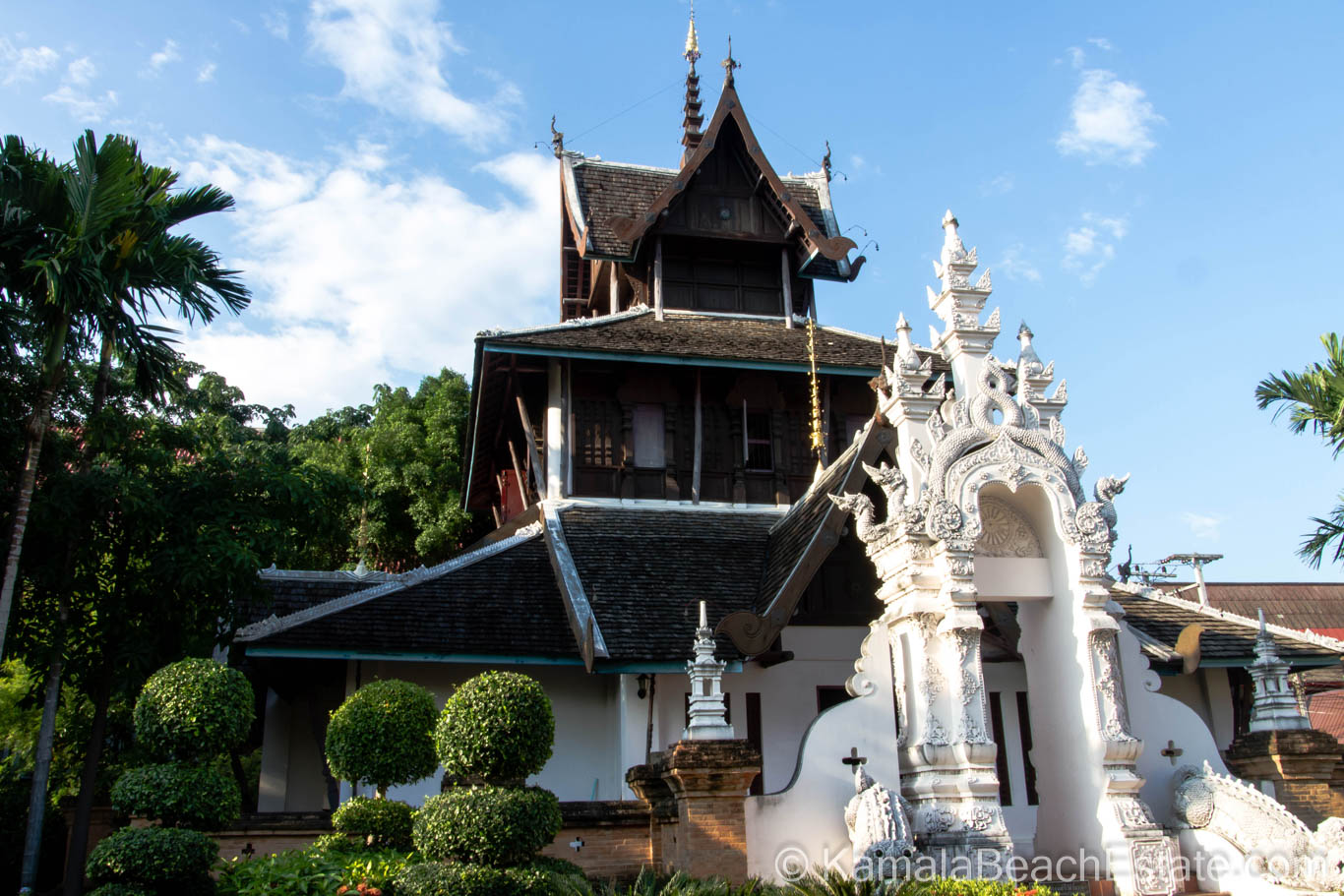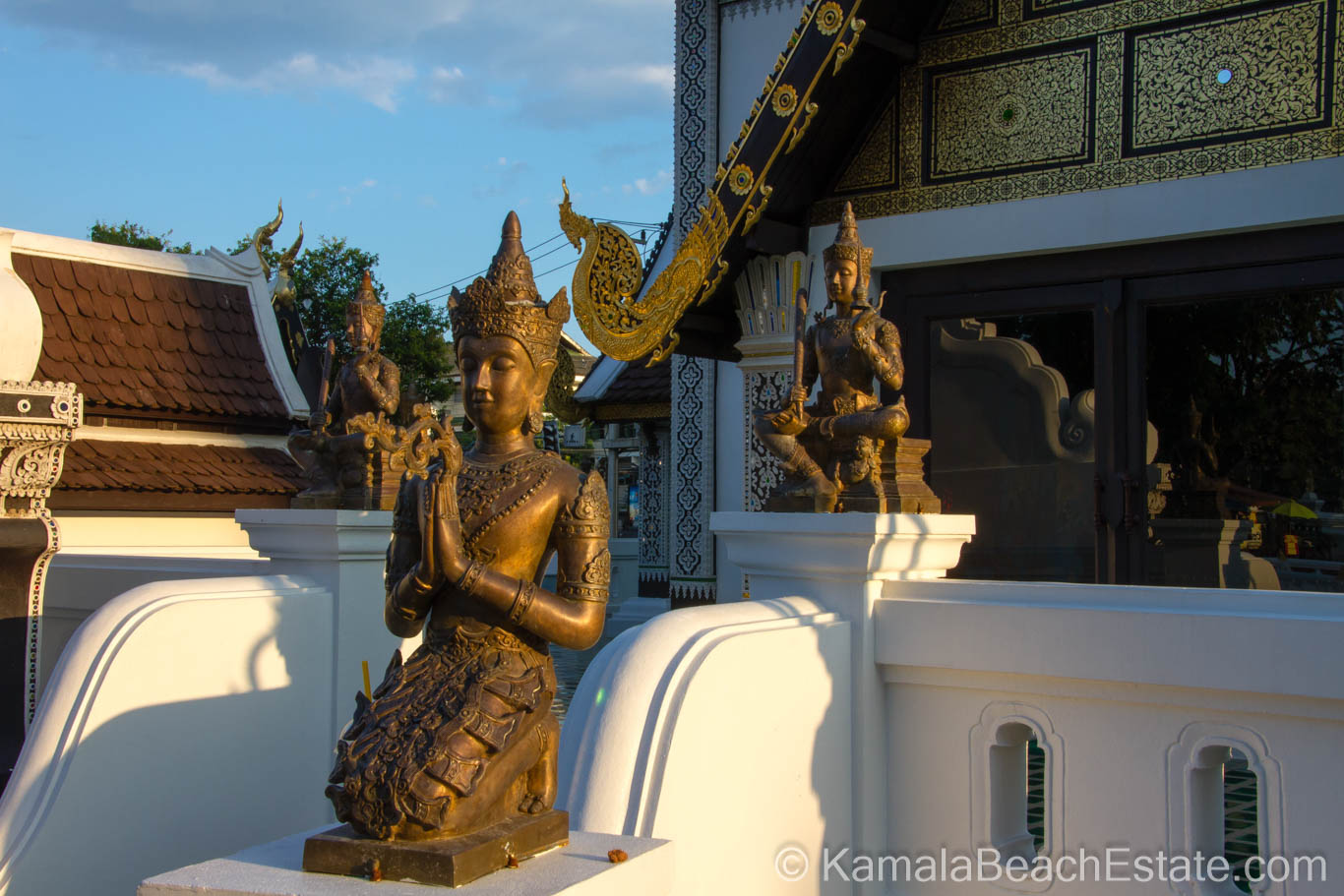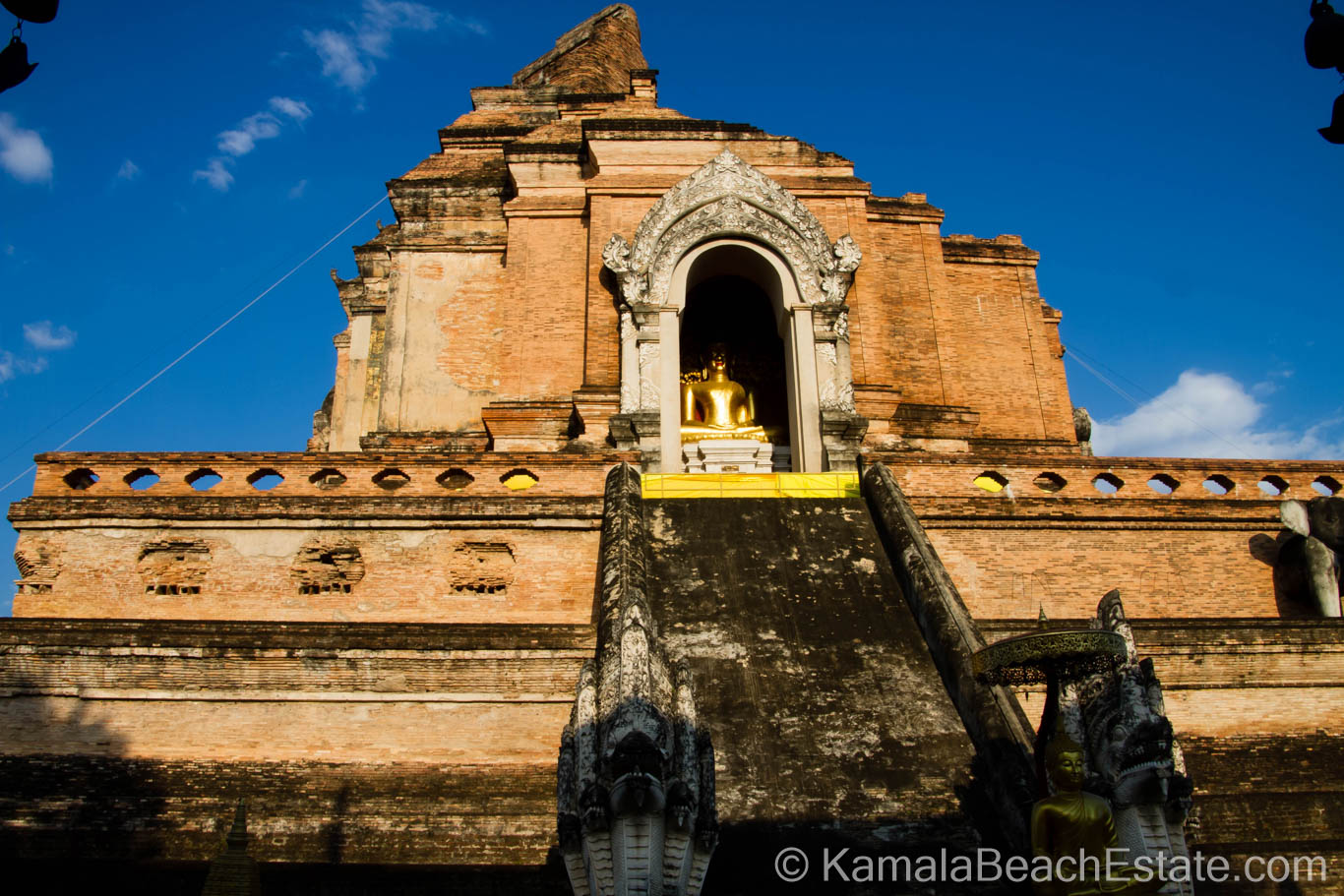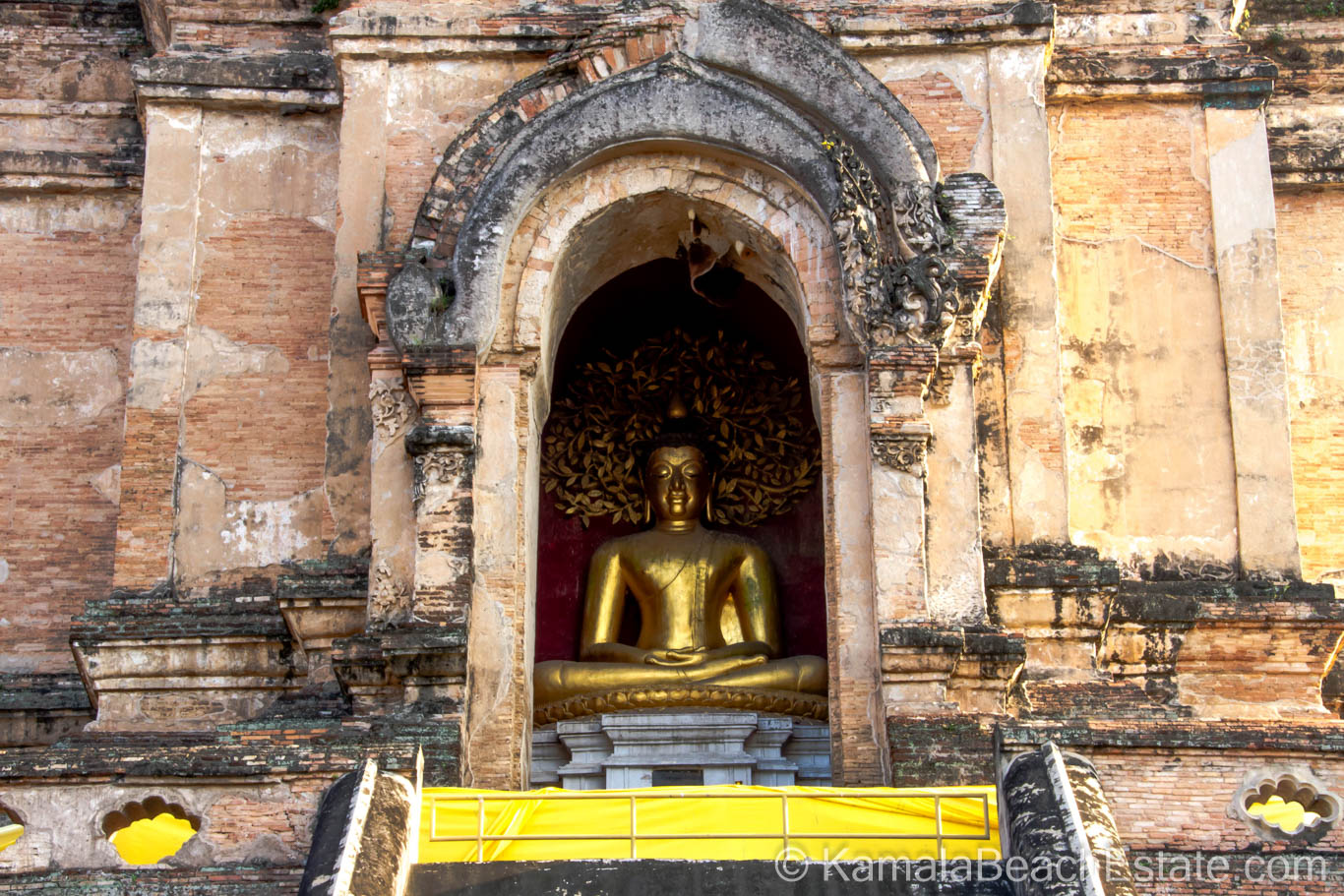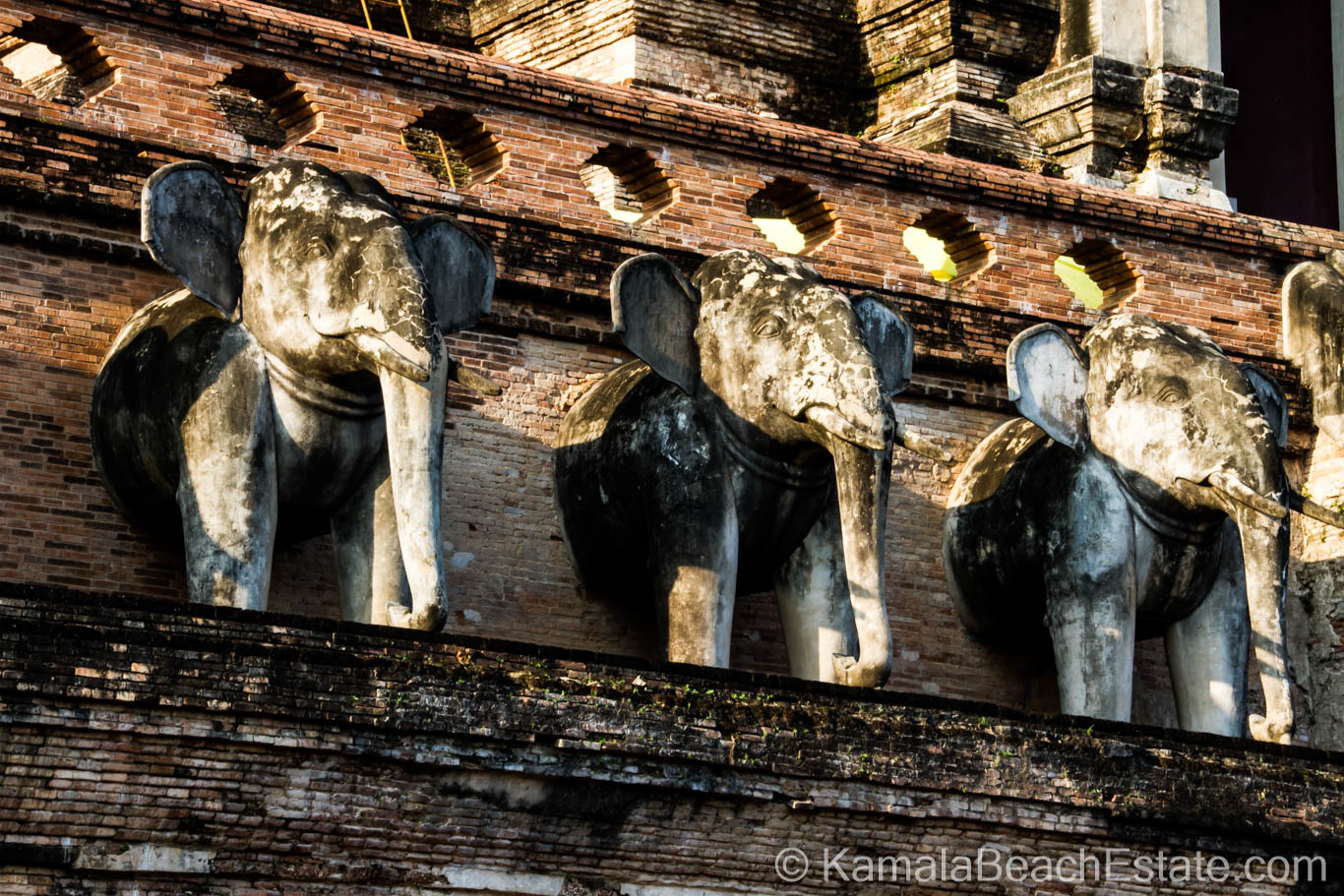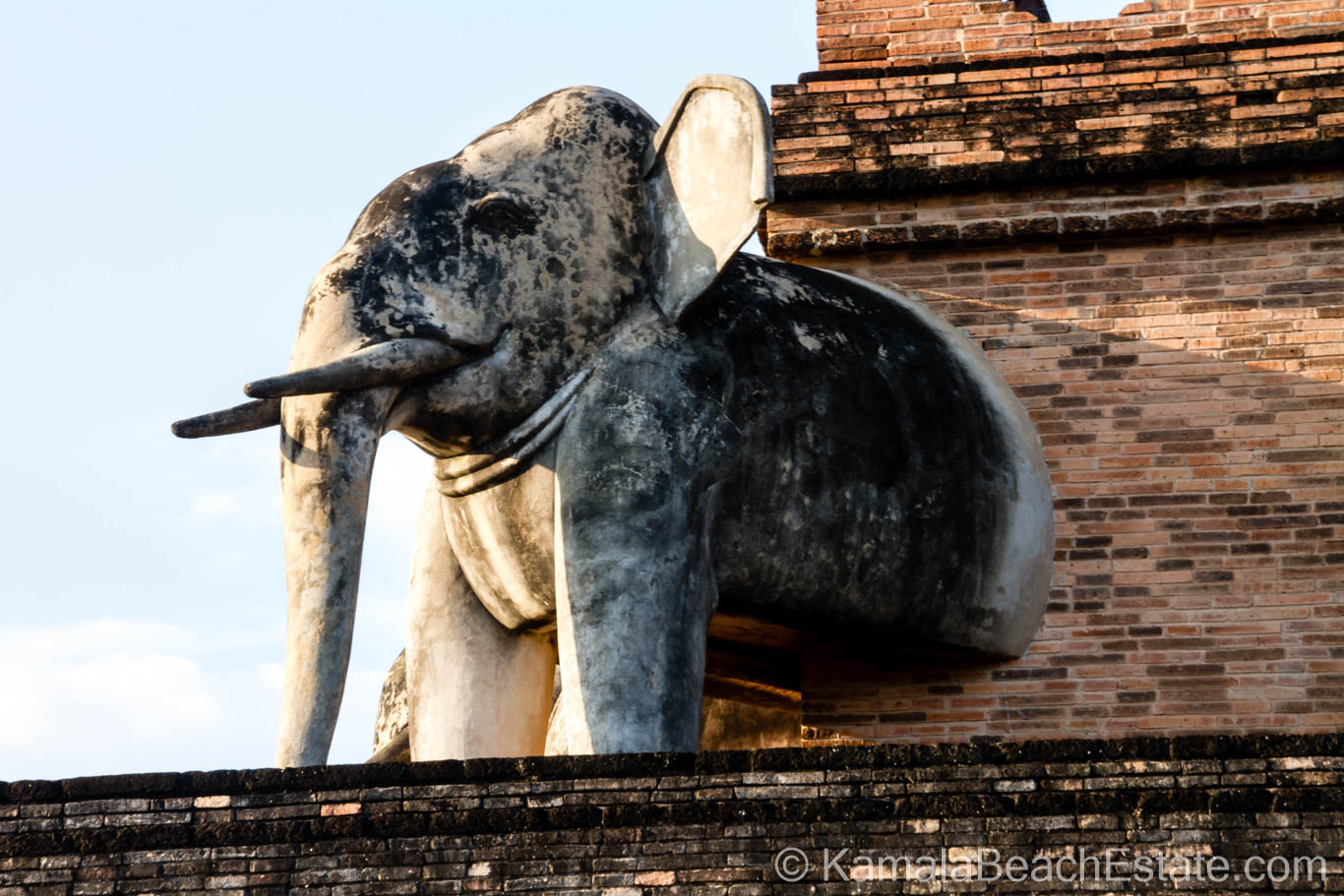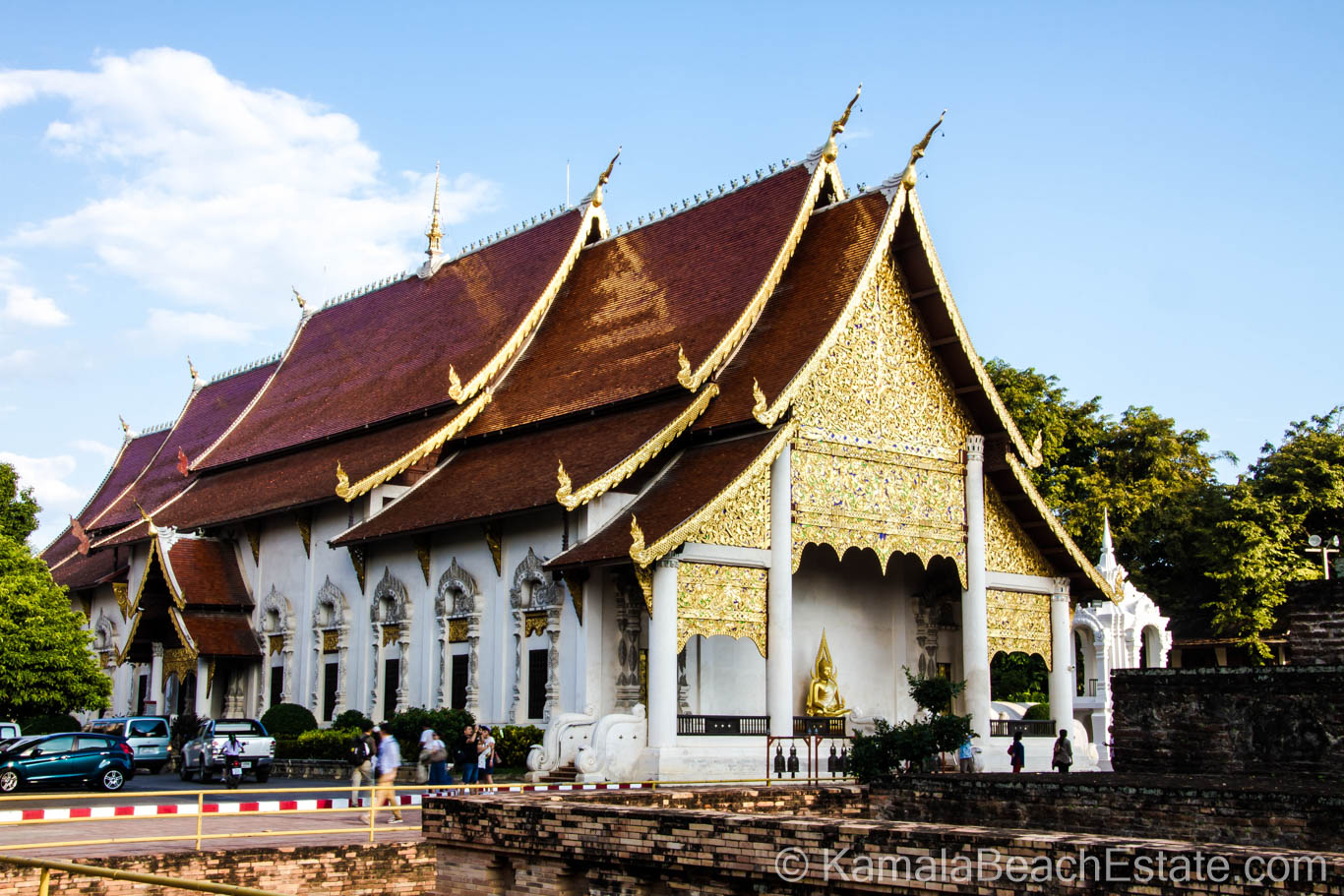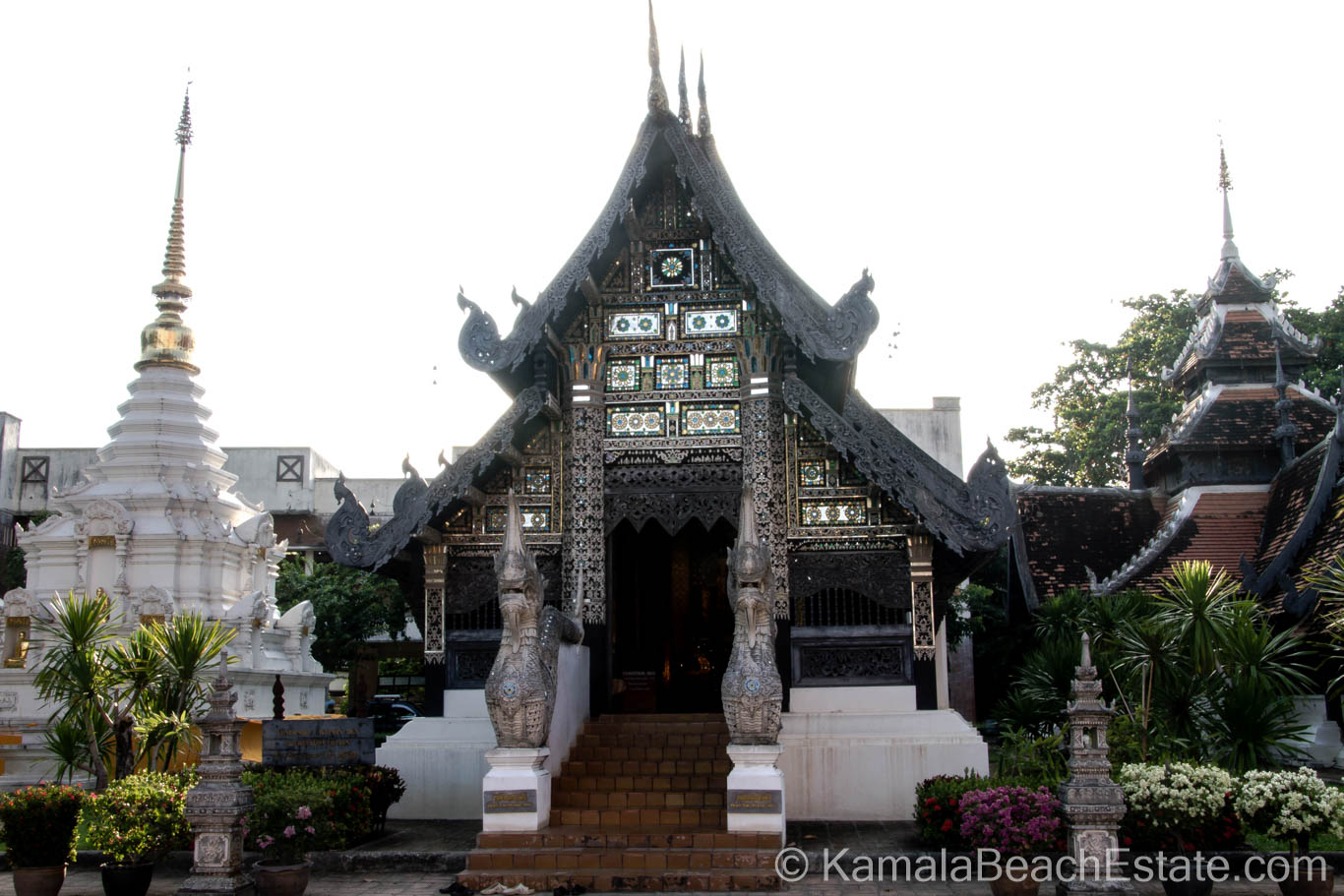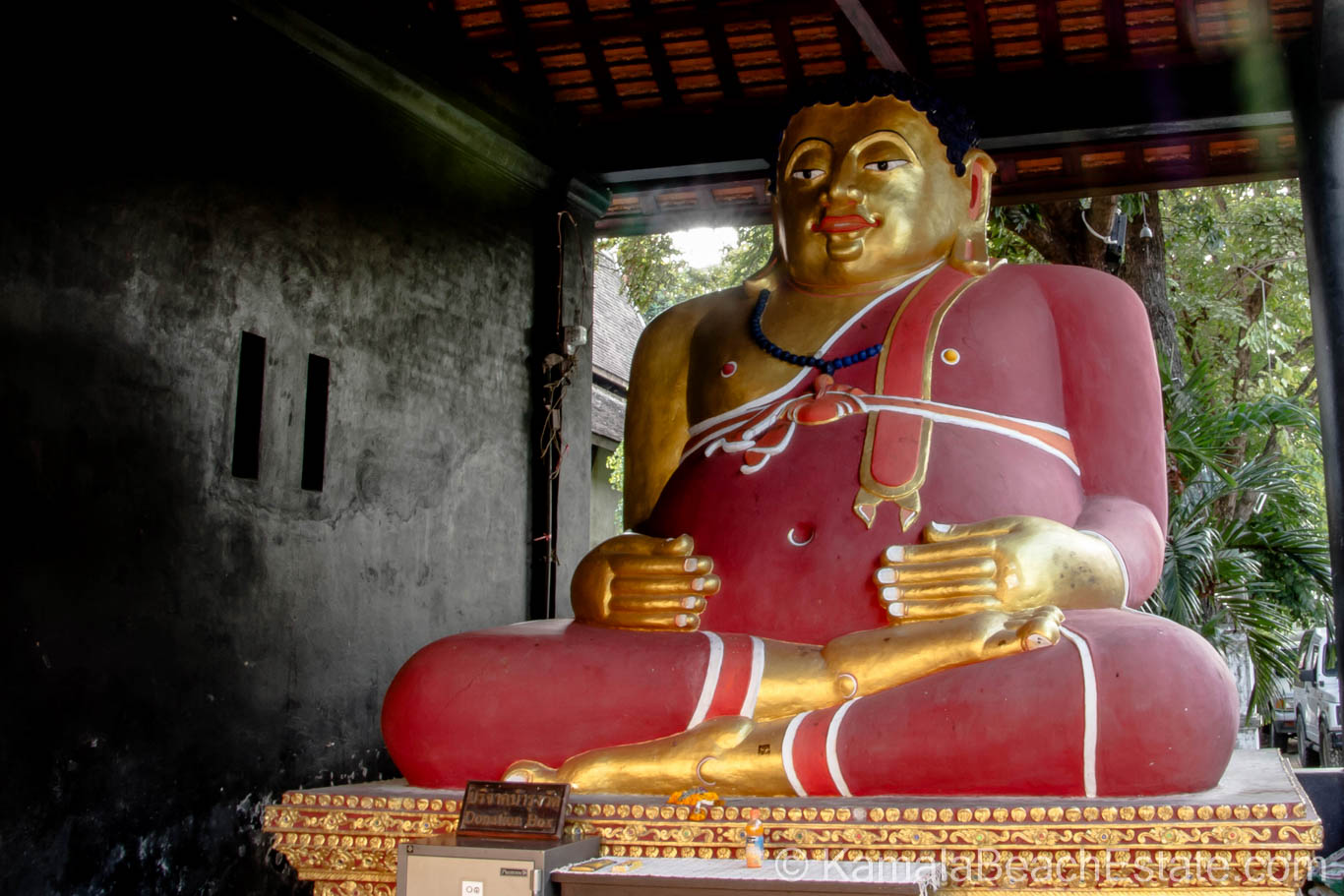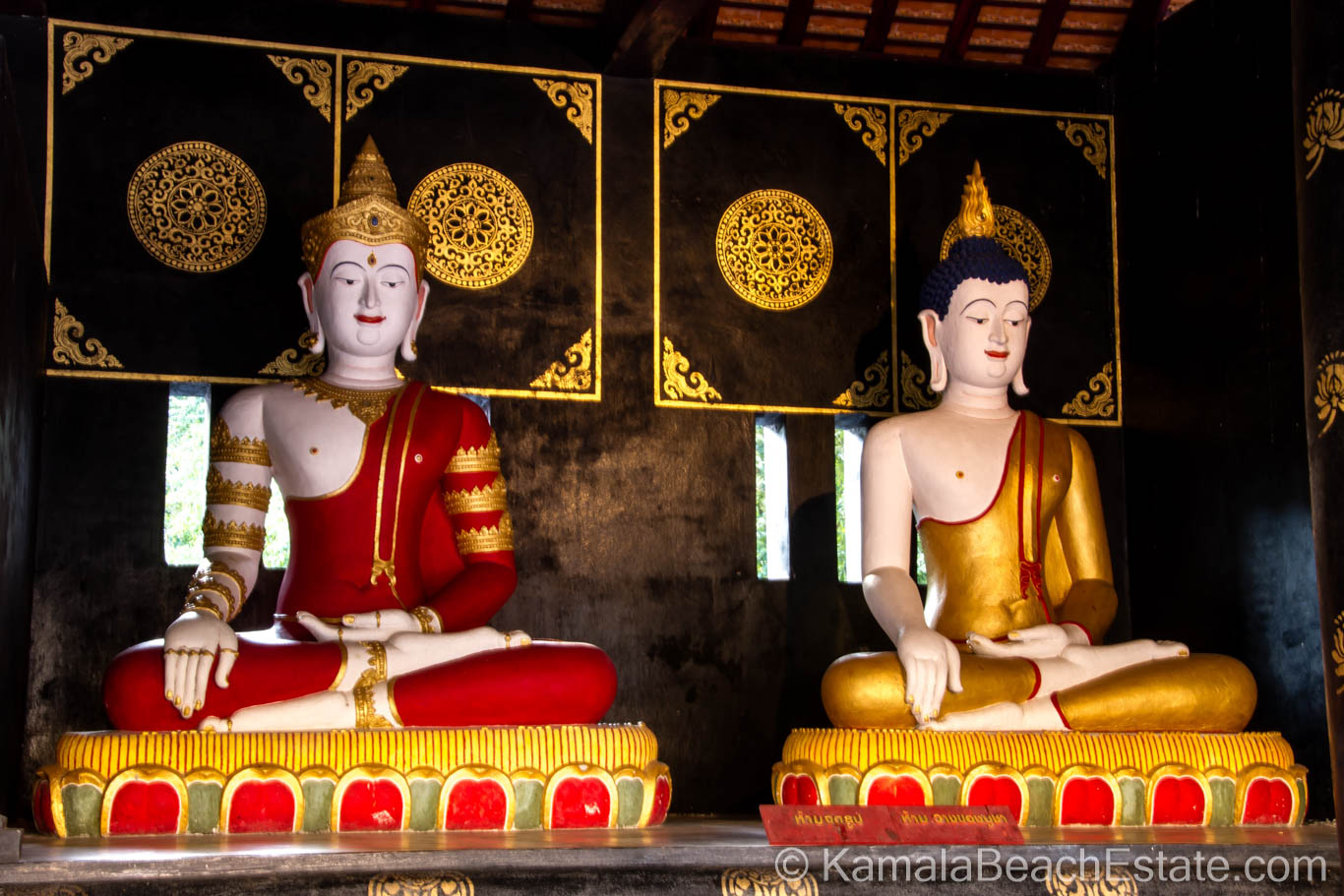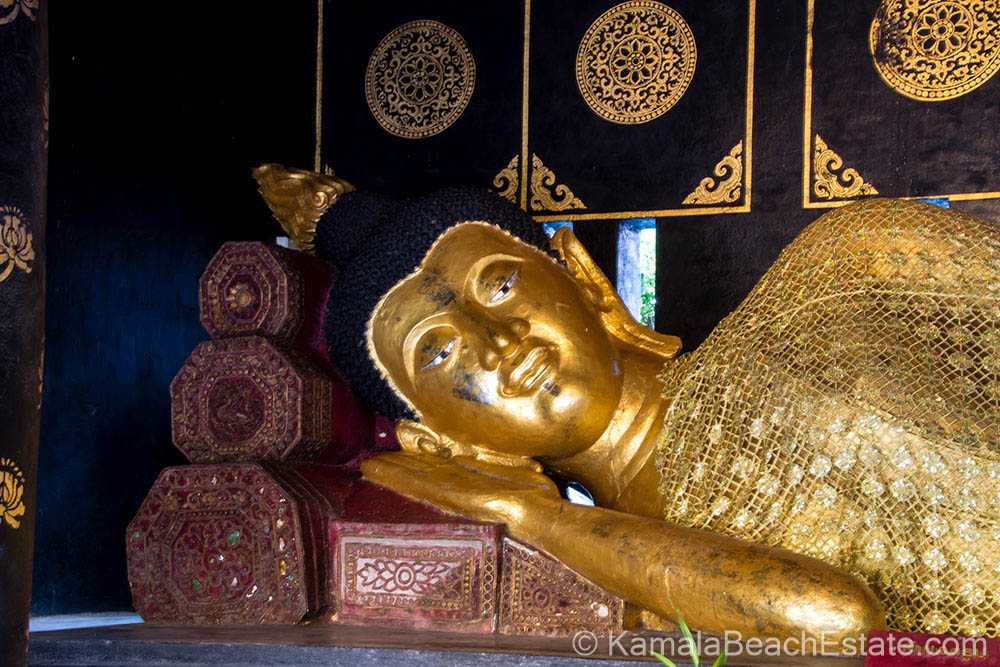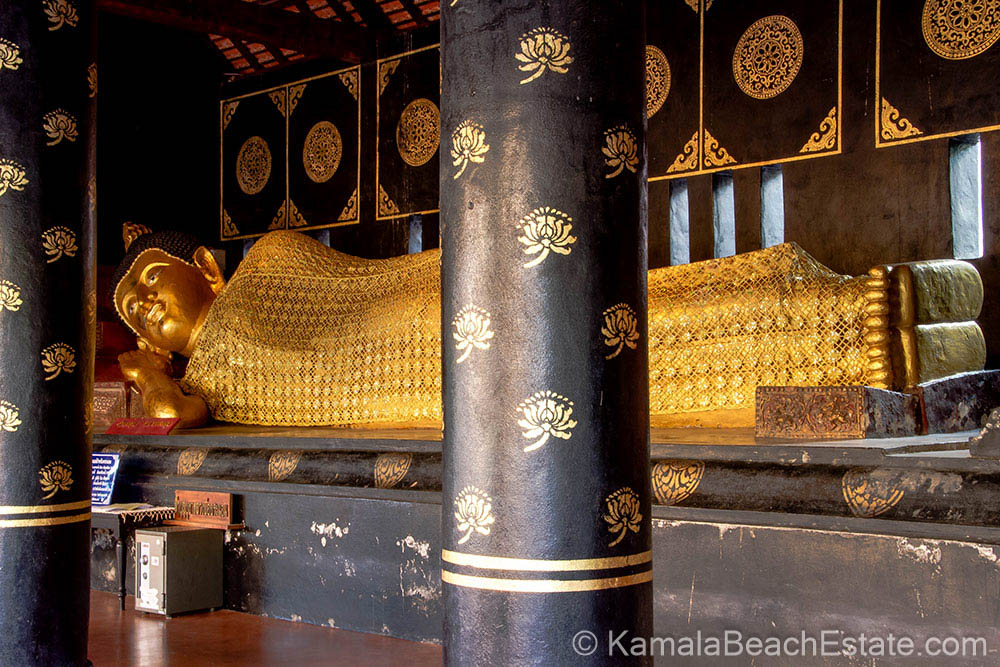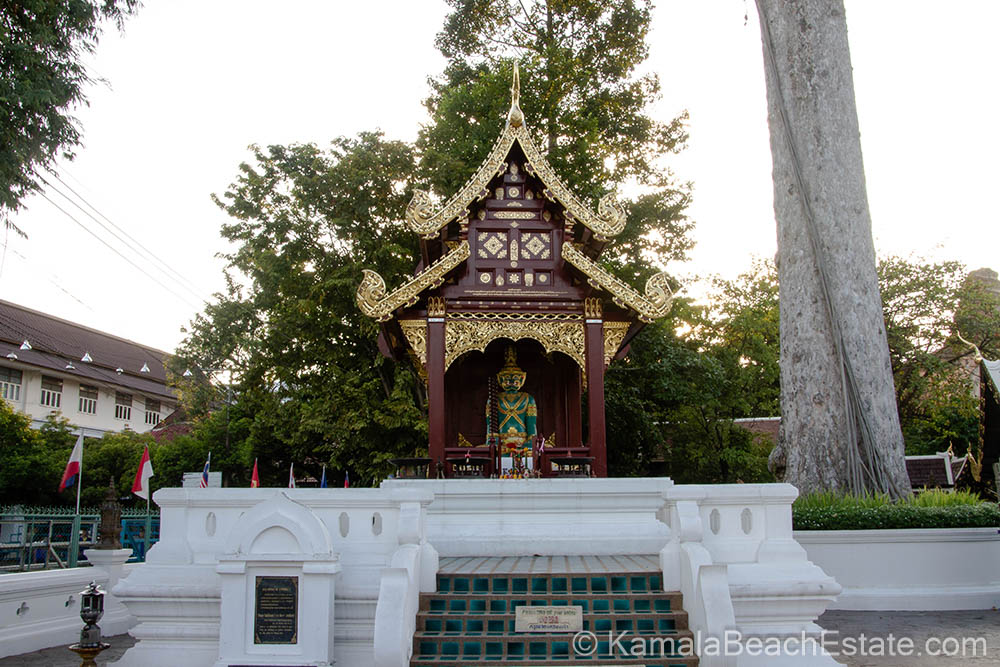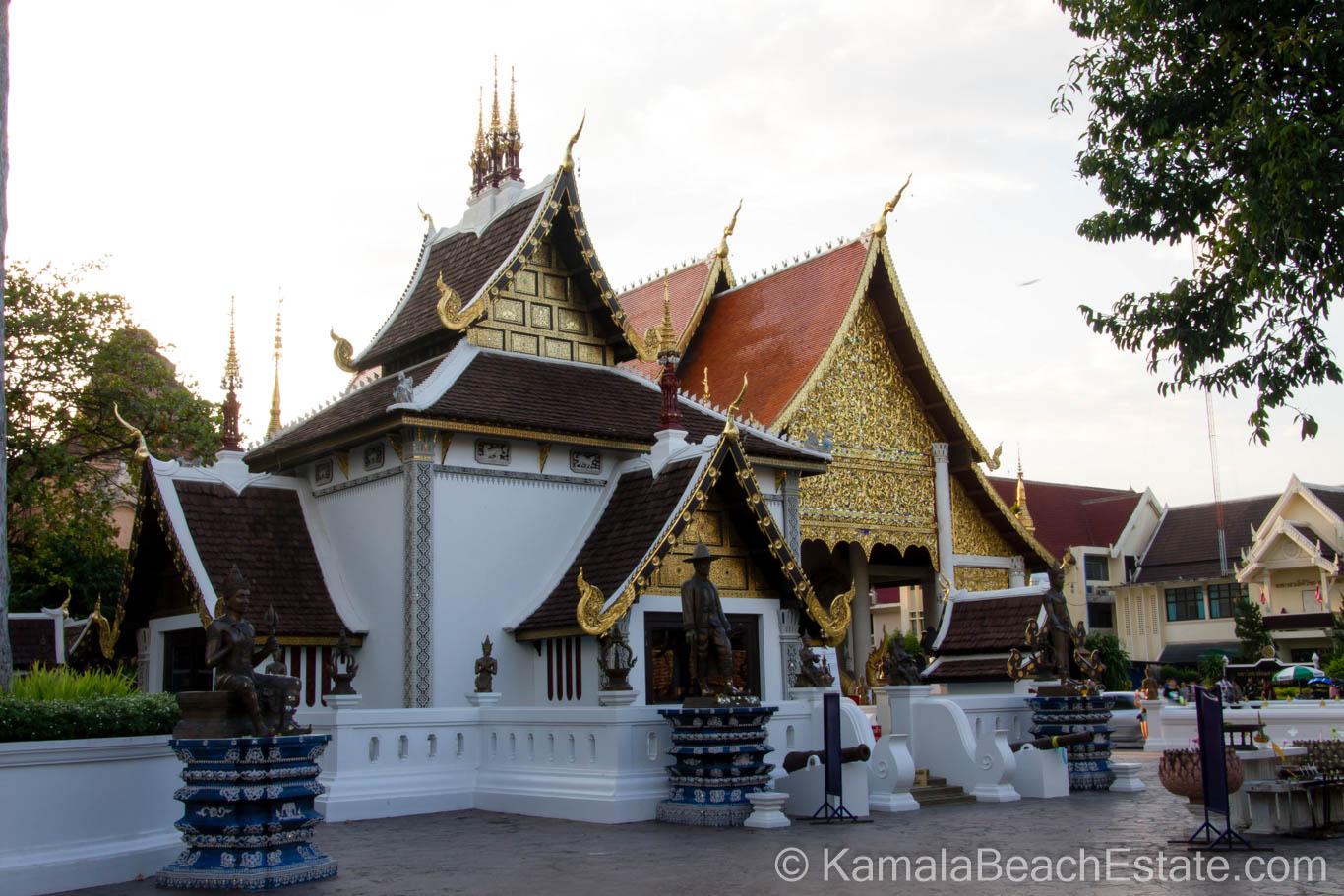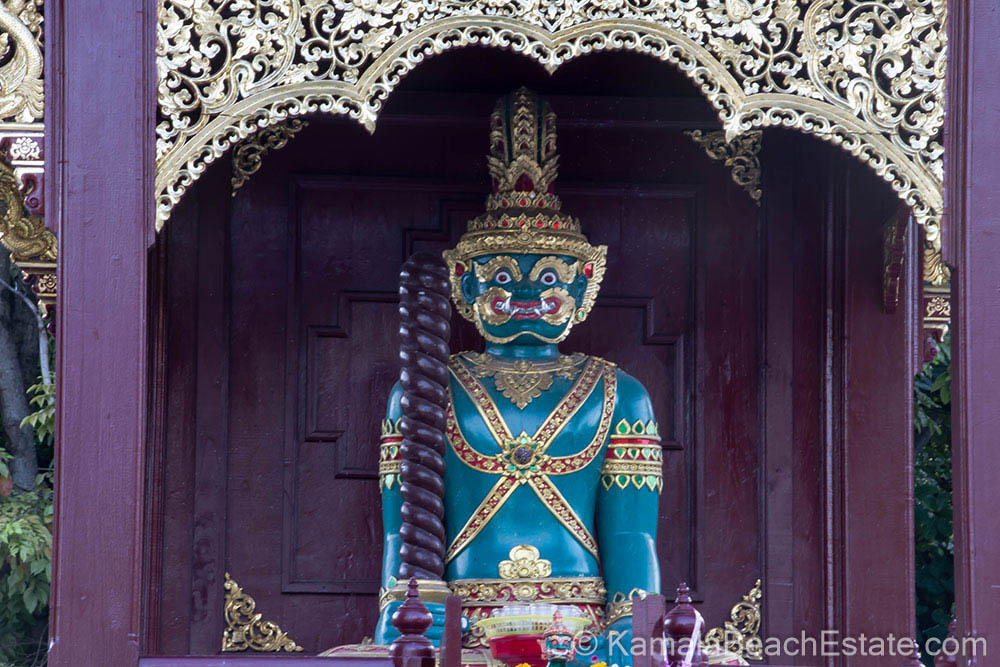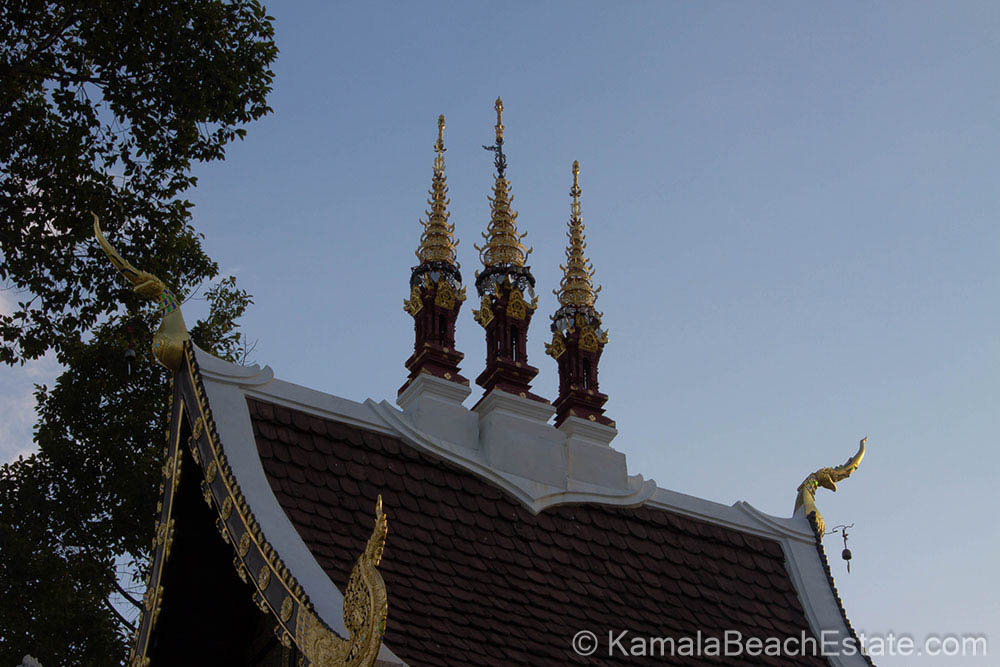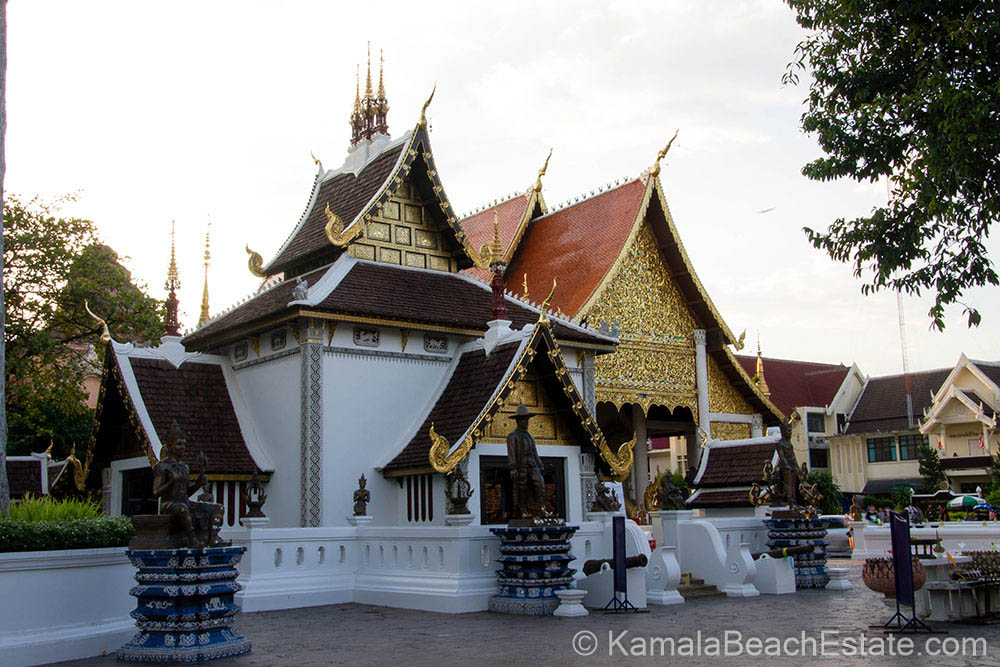Wat Chedi Luang Chiang Mai’s Iconic Temple of the Great Stupa
Wat Chedi Luang: Explore Chiang Mai’s Historic Temple of the Great Stupa
Located in the heart of Chiang Mai’s Old City, Wat Chedi Luang is one of Thailand’s most historically significant temples. With its towering stupa, this temple reflects both the religious and architectural history of the region. It’s not just an attraction for tourists but a spiritual center for locals. Whether you’re interested in the ancient phra, the famed Emerald Buddha, or the cultural richness of the Sao Inthakin, this article will guide you through the essence of Wat Chedi Luang and why it’s a must-visit in Chiang Mai.
What Is the History of Wat Chedi Luang in Chiang Mai?
The history of Wat Chedi Luang dates back to the 14th century, during the reign of King Saen Muang Ma. It was initially built to house the ashes of his father. At its peak, the stupa stood an impressive 82 meters high, earning it the title of the Temple of the Great Stupa in Chiang Mai. However, in 1545, a devastating earthquake caused significant damage to the stupa, reducing it to its current height of 60 meters.
In addition to the stupa, Wat Chedi Luang was once home to the Emerald Buddha, one of Thailand’s most sacred relics. The Buddha was housed here from 1468 until it was moved to Luang Prabang and later to the Grand Palace in Bangkok. Despite the relocation, Wat Chedi Luang remains a significant spiritual and cultural landmark in Chiang Mai.
Why Is Wat Chedi Luang a Must-See Temple Attraction in Chiang Mai?
Wat Chedi Luang is not only one of Chiang Mai’s most important temples, but also one of the city’s most visually striking landmarks. The imposing stupa, even in its partially ruined state, dominates the skyline of Chiang Mai’s Old City. For visitors, this temple offers a glimpse into both the religious and architectural grandeur of Lanna Thailand.
Visitors are also drawn to the temple grounds, where they can experience the serene atmosphere and observe monks going about their daily routines. For those who want a more interactive experience, Monk Chats provide a rare opportunity to engage directly with Buddhist monks and learn about their way of life.
What Is the Significance of the City Pillar at Wat Chedi Luang?
A central feature of Wat Chedi Luang is the Sao Inthakin, also known as the City Pillar of Chiang Mai. This sacred relic is believed to protect the city from misfortune. The City Pillar is housed in a pavilion within the temple grounds and plays a vital role in local traditions.
During the annual Sao Inthakin Festival, the temple becomes the focus of celebrations, as locals gather to honor the City Pillar and seek its blessings for the prosperity of the city of Chiang Mai.
What Can You Expect When Exploring the Temple Grounds of Wat Chedi Luang?
The temple grounds of Wat Chedi Luang are expansive, with the grand chedi serving as the focal point. Surrounding the stupa, you’ll find various smaller shrines, each dedicated to different aspects of Buddhist worship. One of the more striking features is the Reclining Buddha, located in a smaller shrine on the northern side of the temple.
The atmosphere within the temple complex is peaceful and reflective, making it an ideal place for visitors to explore at their own pace. The pavilion housing the Sao Inthakin and the numerous standing Buddha images add to the temple’s spiritual ambiance.
What Happened to the Emerald Buddha at Wat Chedi Luang?
One of the most significant events in the history of Wat Chedi Luang was the relocation of the Emerald Buddha. The Emerald Buddha resided in the temple from 1468 before being moved to Luang Prabang and then to its permanent home at the Grand Palace in Bangkok. Today, a replica of the Emerald Buddha sits in the reconstructed eastern niche of the stupa.
Although the original Emerald Buddha is no longer at Wat Chedi Luang, the temple continues to be an important site for religious pilgrimage and spiritual reflection.
How to Experience Monk Chats at Wat Chedi Luang?
One of the most unique aspects of visiting Wat Chedi Luang is the opportunity to participate in Monk Chats. These informal sessions allow visitors to ask questions directly to monks, offering a chance to learn more about Thai Buddhism and the monastic lifestyle.
Held in the afternoons, these chats are popular among tourists seeking a deeper understanding of the buddhist temple practices in Thailand. The sessions are a wonderful way to connect with the local community and learn about the spiritual practices that take place within the temple grounds.
Why Is the Stupa of Wat Chedi Luang So Famous?
The stupa at Wat Chedi Luang is one of the largest in Chiang Mai. Known as the Grand Chedi, it originally stood at 82 meters before the earthquake of 1545 damaged the structure. Today, it remains an awe-inspiring feature of the temple, towering over the surrounding old city.
Despite its weathered appearance, the stupa is still a significant attraction for visitors and pilgrims alike. The structure is flanked by two elephant statues at its base, symbolizing strength and protection, which are an iconic feature of this 14th-century temple.
What Is the Importance of the Sao Inthakin at Wat Chedi Luang?
The Sao Inthakin, or City Pillar, housed at Wat Chedi Luang, plays a crucial role in the spiritual protection of Chiang Mai City. The pillar is believed to protect the city from harm, and it is the focal point of the annual Sao Inthakin Festival, where locals offer flowers and prayers to ensure the well-being of the city.
The City Pillar is housed in a pavilion on the north side of the temple, and it is a must-see for those interested in the spiritual traditions of Chiang Mai.
Visiting Wat Chedi Luang: Opening Hours and Practical Information
- Location: Situated in the Old City of Chiang Mai, Wat Chedi Luang is easy to reach by tuk-tuk or bicycle.
- Opening Hours: The temple is open daily from 6:00 AM to 6:00 PM.
- Entry Fee: A donation of 40 THB is suggested for foreign visitors.
- Facilities: The temple grounds provide basic amenities such as restrooms, a visitor center, and information on the temple’s history.
Visiting early in the day allows for a more peaceful experience, with fewer crowds.
Conclusion: Wat Chedi Luang’s Role in Chiang Mai’s Spiritual and Cultural Heritage
Wat Chedi Luang remains one of Chiang Mai’s most important temples, offering visitors a chance to experience the city’s rich history and spiritual traditions. Whether you’re drawn to the grandeur of the stupa, the cultural significance of the City Pillar, or the unique Monk Chats, this temple offers a deep connection to Lanna and Thai Buddhist culture.
Key Takeaways:
- Wat Chedi Luang was built in the 14th century and housed the Emerald Buddha until it was moved to Luang Prabang and then Bangkok.
- The temple’s iconic stupa remains a central feature despite being partially damaged by an earthquake in 1545.
- Visitors can participate in Monk Chats for a deeper understanding of Thai Buddhism.
- The Sao Inthakin, or City Pillar, is a critical cultural and spiritual relic, honored annually during the Sao Inthakin Festival.
- The temple is located in the Old City and offers easy access and peaceful exploration for visitors.

